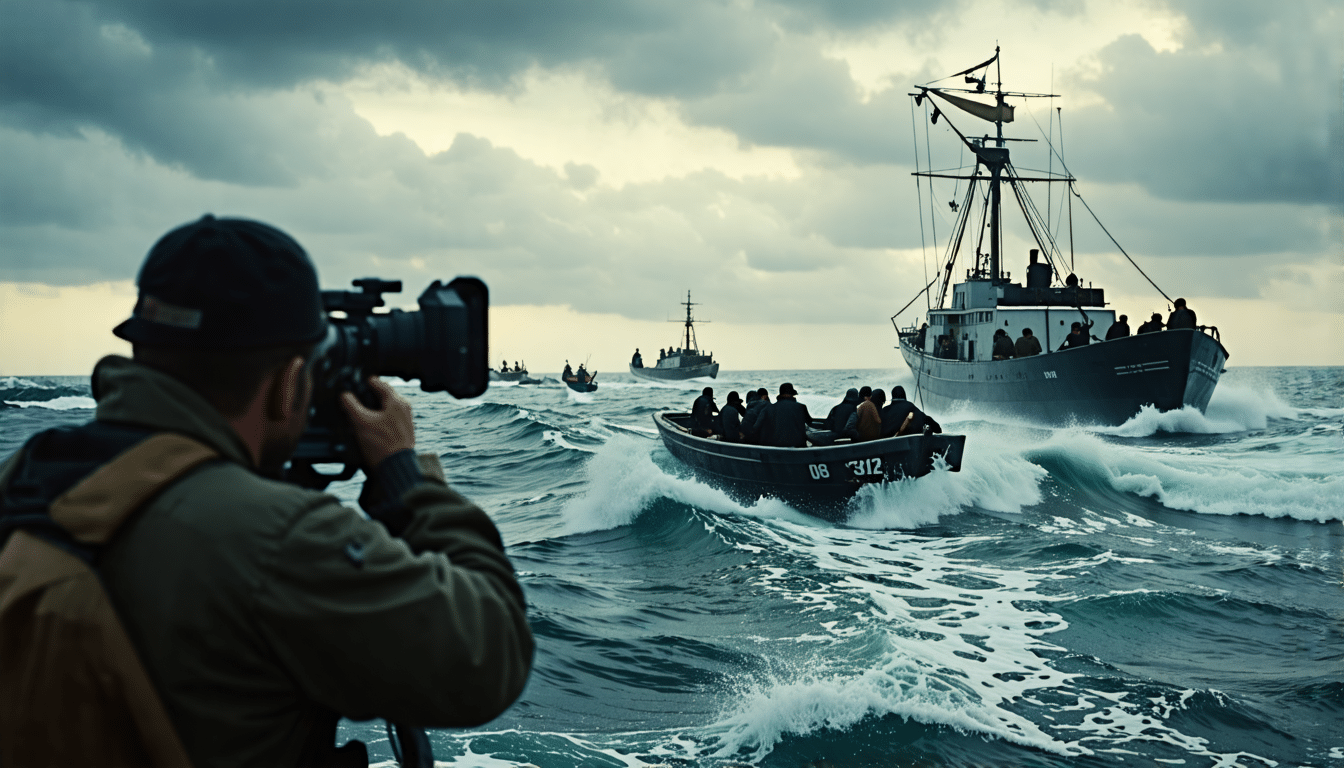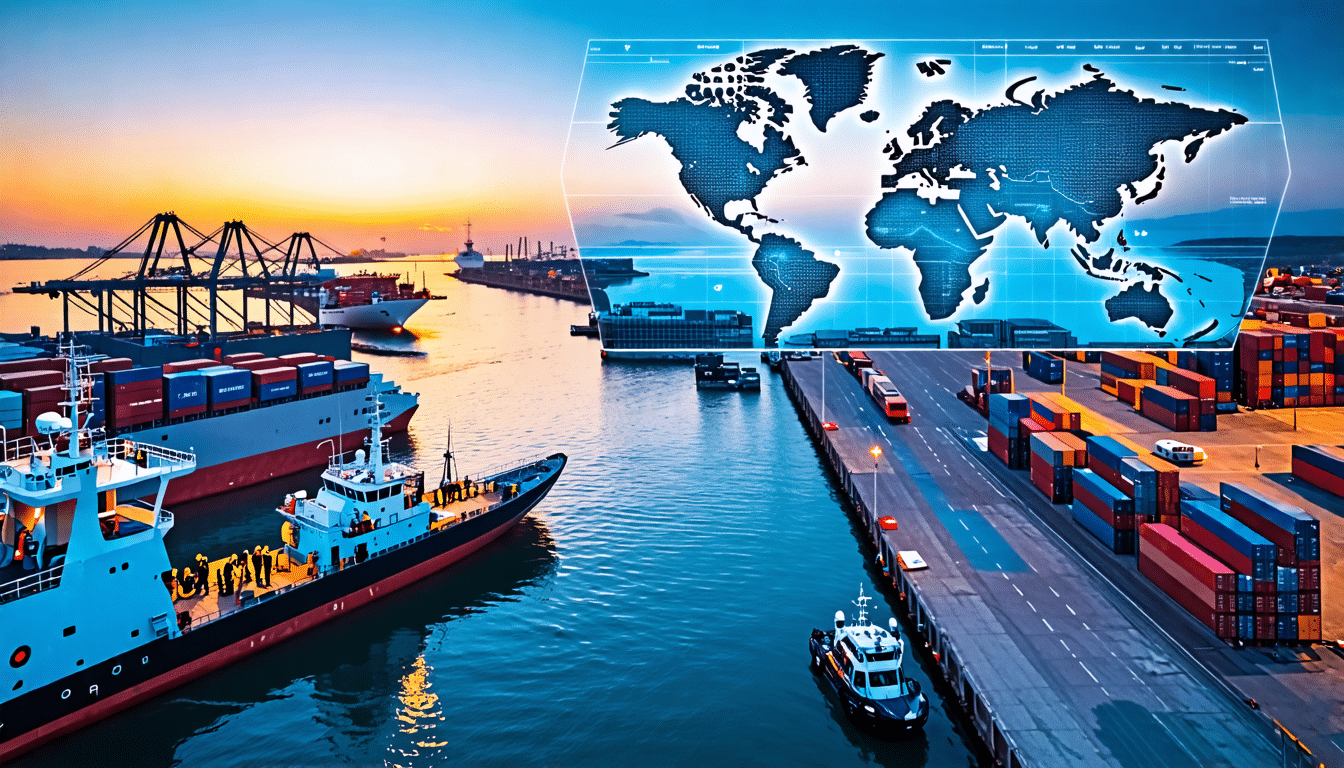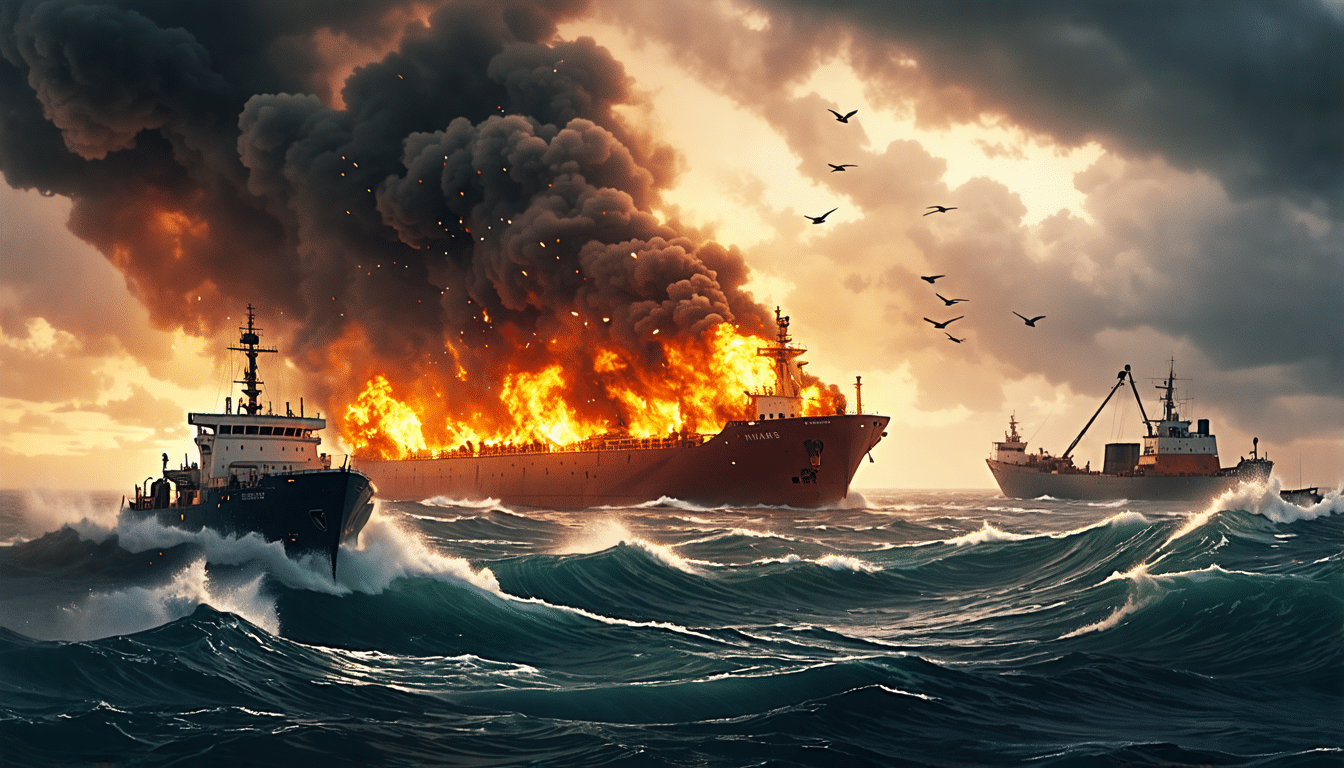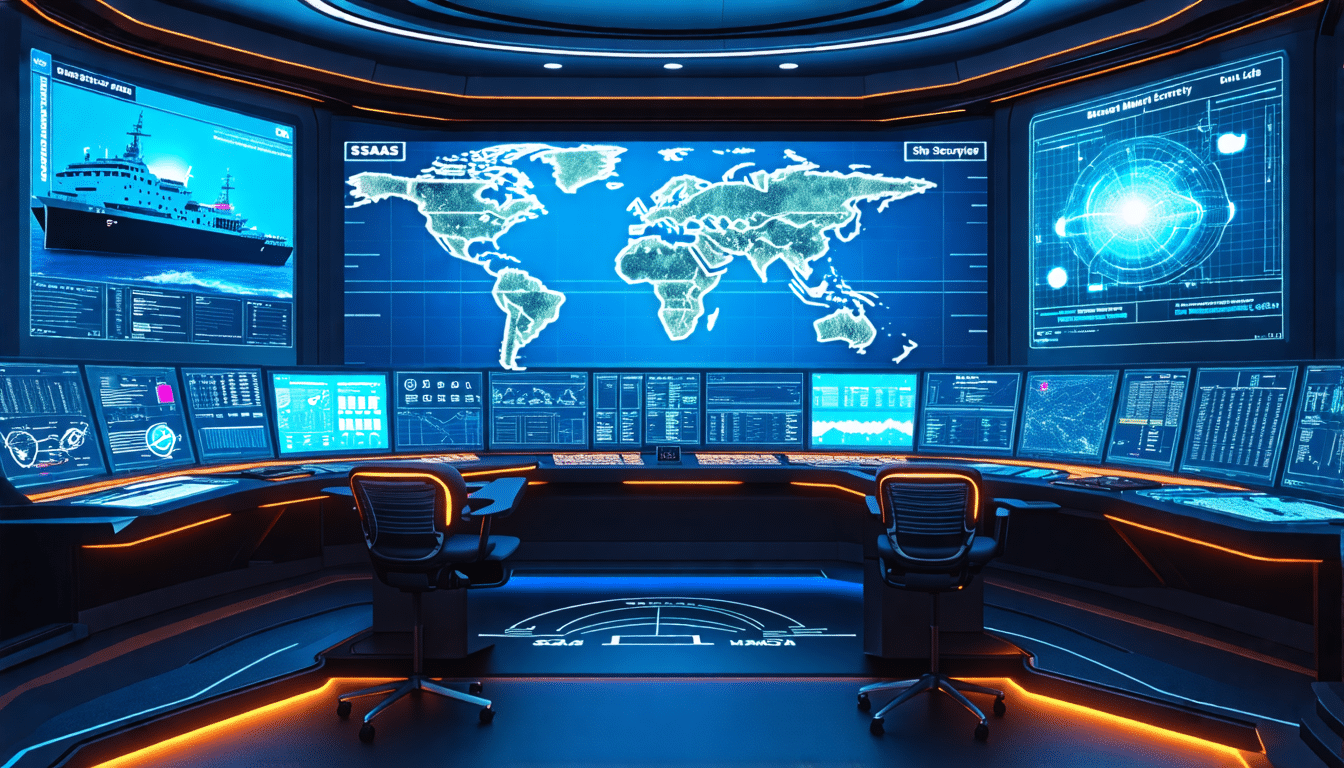Maritime piracy, an age-old peril that once dominated the seas during the Golden Age of Piracy, continues to pose significant threats in modern times. Traditionally depicted as daring swashbucklers in popular folklore, pirates of today are far from the romanticized figures of the past. Instead, they are often violent criminals who hijack ships, take hostages, and demand ransom, impacting global trade and regional stability. In recent decades, maritime piracy has seen a troubling resurgence, particularly in regions such as the Somali coast and the Gulf of Guinea. This alarming trend has underscored the importance of raising public awareness and educating people about the harrowing realities faced by those on the frontlines of this persistent issue.
One of the most powerful tools in this educational endeavor is video. Through documentaries, films, and other visual media, the dramatic depictions of maritime piracy vividly bring to life the threats and challenges faced at sea. These gripping portrayals not only capture the attention of viewers but also foster a deeper understanding of the far-reaching impacts of piracy. For instance, videos can effectively illustrate the human suffering and economic disruption caused by piracy, thus galvanizing public support for efforts to combat it. Notable films and documentaries such as Captain Phillips and The Somali Project have played crucial roles in highlighting the complex socio-economic and political dimensions of modern piracy, significantly influencing public perception and even policy-making.
In a world where visual content reigns supreme, leveraging dramatic depictions of maritime piracy through video is an indispensable strategy in our collective efforts to mitigate this ongoing threat. By informing and engaging audiences, these powerful visual narratives can inspire action, promote resilience, and ultimately contribute to safer seas.
Introduction to Maritime Piracy and Its Modern-Day Relevance
Maritime piracy, an age-old threat that has plagued seafarers since ancient times, is commonly thought of in the context of legendary tales and high-seas adventures. By definition, maritime piracy involves criminal acts committed at sea, typically robberies, kidnappings, or violent attacks conducted by pirates. Throughout history, figures such as Blackbeard or the Barbary corsairs have vividly etched images of swashbuckling daredevils in our collective imagination. However, far from being a relic of the past, maritime piracy has re-emerged as a significant threat to global security and trade in modern times.
Historically, piracy has been driven by socioeconomic disparities, political instability, and the absence of effective law enforcement in maritime regions. Medieval and early modern periods saw piracy thriving in the Mediterranean, the Caribbean, and along the coasts of the Indian Ocean, fed by the riches of trans-oceanic trade and the weaknesses of regional powers. The Golden Age of Piracy, spanning from the late 17th to the early 18th century, was characterized by notorious pirate havens, such as Port Royal and Tortuga, offering safe harbors for the buccaneers’ operations.
In the contemporary era, maritime piracy has witnessed a troubling resurgence, particularly around specific hotspots. The coasts of Somalia, the Gulf of Guinea, and the Strait of Malacca have become infamous for pirate activities, severely impacting maritime transport and international shipping. Several factors contribute to this modern revival of piracy. Economic hardships and the collapse of effective state governance in regions like Somalia have left many turning to piracy as a means of survival. Additionally, the lack of adequate law enforcement and international naval presence has allowed pirates to operate with relative impunity in these waters.
The resurgence of maritime piracy poses a range of grave dangers and consequences. It threatens the safety and security of seafarers, often involving the hijacking of vessels and taking crew members hostage: acts that compromise human lives and well-being. Moreover, piracy disrupts international trade and commerce by causing delays, increasing shipping costs, and inflating insurance premiums, all of which can have far-reaching economic ramifications. The destabilization of maritime routes also poses risks to global supply chains and energy security, given the transportation of oil and gas resources through vulnerable regions.
Raising awareness and addressing maritime piracy is paramount for several reasons. First and foremost, the human cost of piracy is immense, demanding immediate attention and comprehensive efforts to protect the lives of seafarers and ensure their safe return home. Educating the public about the realities of piracy can mobilize collective action and resources to combat this menace. Enhanced awareness can lead to greater support for international collaboration and policy-making aimed at maritime security, fostering more robust responses to piracy threats.
Education about maritime piracy also serves to dispel romanticized notions of piracy that often permeate popular culture. Through informed discussions, individuals can better understand the grave challenges and violence associated with contemporary piracy, moving beyond the glorified images of pirates that have been sensationalized in media and folklore. This understanding fosters a deeper appreciation for the struggles faced by affected communities and regions and the importance of strengthening maritime governance and economic stability in piracy-prone areas.
Furthermore, heightened awareness of maritime piracy underscores the necessity of implementing strategic measures and technological solutions to safeguard international waters. Innovations such as advanced ship tracking systems, fortified ship designs, and enhanced naval patrols play a pivotal role in deterring pirate attacks. Public awareness and advocacy can drive investment in such technologies and infrastructure, ultimately contributing to more secure and resilient maritime environments.
In sum, understanding and acknowledging modern-day maritime piracy’s repercussions are crucial for ensuring global maritime security and the well-being of countless individuals who rely on safe and reliable oceanic trade. By fostering awareness, education, and coordinated action, societies can collectively work towards mitigating the threats posed by piracy, securing the seas for future generations to navigate without fear.
Learn more about our Courses Here!
The Role of Video in Depicting and Raising Awareness of Maritime Piracy
Exploration of Dramatic Depictions of Maritime Piracy in Documentaries, Films, and Other Visual Media
The power of video cannot be understated when it comes to shedding light on complex issues like maritime piracy. Visual storytelling through documentaries, films, and online platforms has become a potent tool for creating awareness and understanding. Documentaries such as Stolen Seas and Pirate Patrol provide in-depth, factual recounting of maritime piracy incidents, revealing the harrowing experiences of those involved. These visual narratives offer detailed insights into the economic, social, and psychological impacts of piracy, often humanizing the statistics and news reports that most audiences are accustomed to.
Films like Captain Phillips have dramatized real-life events, bringing to life the tension and danger faced by seafarers. By capturing the audience’s attention through gripping storytelling and high production values, these films can evoke empathy and awareness in ways that textual reports may not. The dramatization in such movies often prompts viewers to delve deeper into the subject, seeking additional information and thus contributing to a broader understanding of maritime piracy.
Online media platforms, including YouTube and streaming services such as Netflix, also host numerous content pieces related to maritime piracy. These platforms reach a global audience, making the issue more accessible than ever before. For example, short-form videos and mini-docuseries on platforms like YouTube can provide bite-sized yet impactful content that educates viewers about ongoing piracy incidents and the measures taken to combat them. This widespread accessibility helps keep the topic in public discourse, ensuring that the message reaches a diverse and extensive audience.
Analysis of the Effectiveness of Video Content in Educating the Public About the Impact and Realities of Piracy at Sea
The effectiveness of video content in education and awareness-building is evident through several key factors. Firstly, visual media has a unique ability to create a visceral and immediate impact. Seeing is believing, and witnessing the stark realities of maritime piracy through video can hit harder than reading about it. The ability to incorporate interviews, real footage, and dramatizations makes the information more relatable and understandable, sparking emotional responses that can lead to greater awareness and action.
One of the significant advantages of video content is its ability to simplify complex information through visuals and narration. For instance, a documentary can break down the economic ramifications of piracy on global trade, explaining how the increased cost of shipping insurance impacts the price of goods worldwide. Visual aids such as infographics and reenactments further clarify these points, making the content accessible even to those without prior knowledge of maritime issues.
Moreover, videos can highlight the human element of piracy, featuring testimonials from victims, pirates, and law enforcement agencies. This multidimensional approach ensures that viewers get a comprehensive understanding of the issue, beyond just the surface statistics. By hearing directly from the affected parties, audiences are more likely to form a personal connection to the issue, thereby increasing the likelihood of advocacy and support for anti-piracy initiatives.
Social media also plays a critical role in the dissemination and impact of video content. Platforms like Twitter, Facebook, and Instagram are perfect venues for sharing and discussing video content. Viral clips and sharable content can spread the message about maritime piracy far and wide, reaching even those who might not actively seek out such information. The interaction enabled by social media—comments, shares, and discussions—further reinforces the educational experience, allowing for community engagement and advocacy.
Examples of Notable Films and Documentaries That Have Successfully Highlighted the Issue of Maritime Piracy, and Their Impact on Public Perception and Policy
Several notable films and documentaries have played pivotal roles in highlighting maritime piracy, significantly impacting public perception and policy. One of the most well-known examples is the 2013 film Captain Phillips, starring Tom Hanks. Based on the true story of the 2009 Maersk Alabama hijacking, the film brings the peril of maritime piracy to the forefront, detailing the intense standoff between Somali pirates and the U.S. Navy. The movie received critical acclaim and brought widespread attention to the plight of seafarers and the dangers posed by piracy, driving home the need for international cooperation in combating this threat.
Another influential documentary is Stolen Seas, which offers a raw and gripping look at the realities of modern piracy. By focusing on the hijacking of the Danish-owned MV CEC Future, the documentary provides an unfiltered view of both the pirates’ motivations and the harrowing experiences of their hostages. This balanced portrayal helps demystify the issue, presenting it as a complex socio-economic problem rather than a mere criminal activity. The documentary has been praised for its in-depth journalism and has stimulated discussions about policy changes needed to address the root causes of piracy, such as poverty and lack of governmental control in regions like Somalia.
Pirate Patrol, a series aired on National Geographic, follows international naval forces as they navigate piracy hotspots. This real-time portrayal of anti-piracy operations offers audiences a behind-the-scenes look at the strategies and tactics employed to keep international waters safe. By showcasing the efforts of multinational naval coalitions, the series emphasises the importance of global collaboration in addressing maritime threats, leading to increased support for international maritime security initiatives.
In conclusion, video content in its various forms – films, documentaries, and online media – plays an indispensable role in raising awareness about maritime piracy. From dramatic re-enactments to factual documentaries, visual storytelling brings the realities of piracy to a broader audience, fostering understanding, empathy, and ultimately, action. By shining a spotlight on the human and economic impacts of piracy, as well as the efforts and challenges involved in combating it, these visual narratives significantly influence public perception and policy, drawing attention to an issue that demands global awareness and intervention.
In conclusion, modern-day maritime piracy remains a significant global issue that requires increased awareness and understanding, much like its historical predecessors. The resurgence of piracy in contemporary times, driven by economic disparities, political instability, and other complex factors, underscores the critical need for informed public discourse and strategic countermeasures. Dramatic depictions of maritime piracy through various video mediums, such as documentaries and films, play a vital role in this regard. By leveraging the compelling visual and narrative power of video content, these media not only inform but also engage audiences on an emotional level, fostering a deeper comprehension of the human and economic toll of piracy.
The effectiveness of such video content in raising awareness cannot be overstated. By vividly portraying the harrowing experiences of hostages, the daring operations of naval forces, and the broader socio-economic underpinnings of piracy, these depictions demystify the subject and make the realities of maritime piracy accessible to a broader audience. Notable examples such as the film Captain Phillips and the documentary The Somali Project have succeeded in bringing the issue into the public eye, influencing both public perception and policy discussions. As these narratives capture the imagination and compassion of viewers, they also emphasize the importance of global cooperation and robust maritime security measures.
Ultimately, the continued use of dramatic depictions through video remains an invaluable tool in the collective effort to combat maritime piracy. By harnessing the educational and emotive power of visual media, we can foster a more informed and proactive global community, dedicated to eradicating this persistent threat and ensuring safer seas for all.
Learn more about our Courses Here!


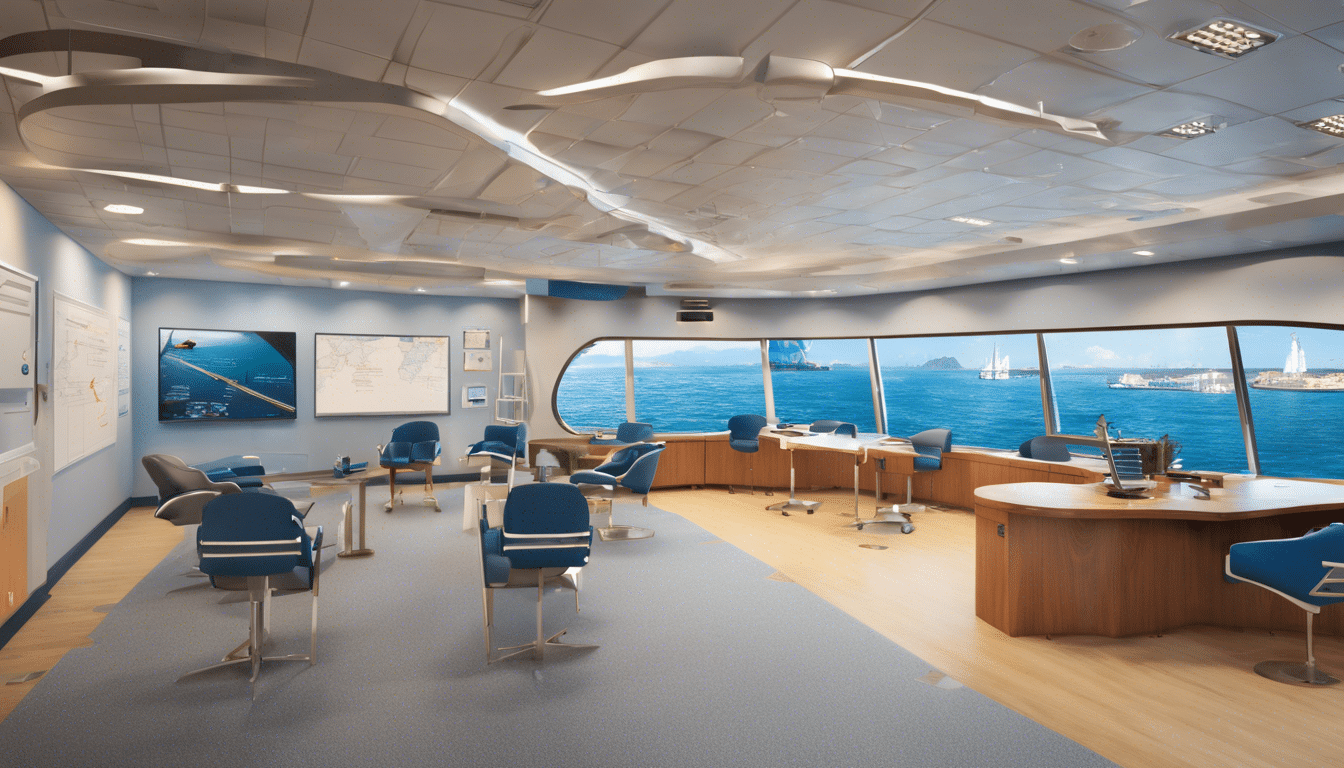


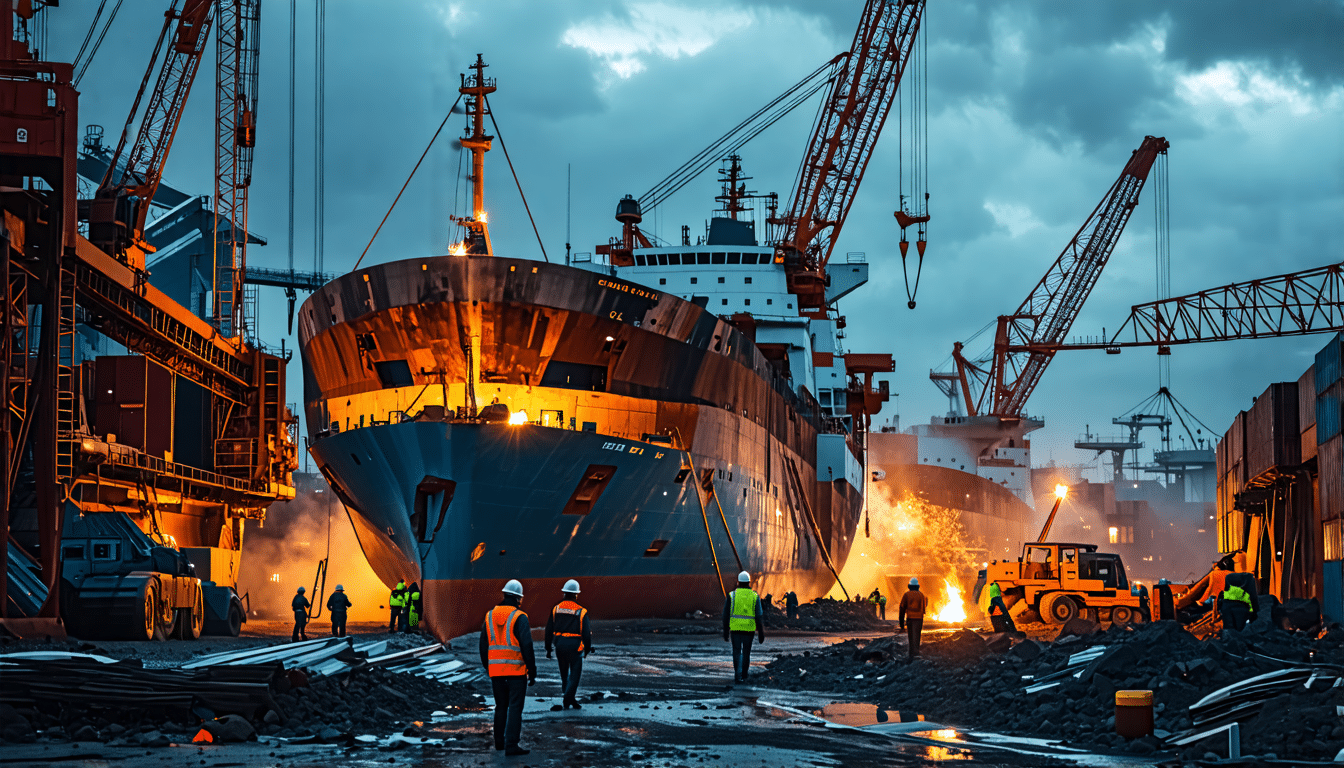
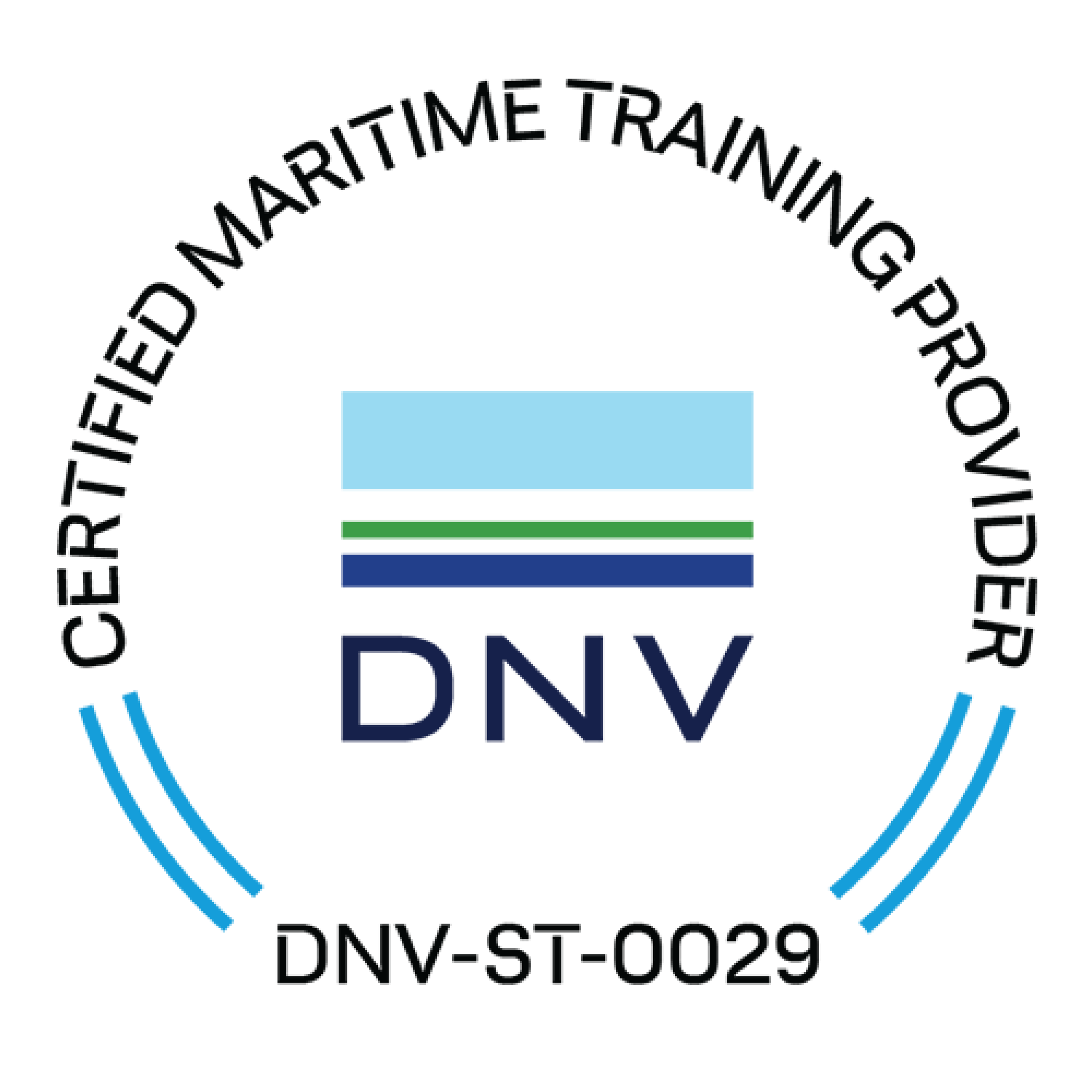
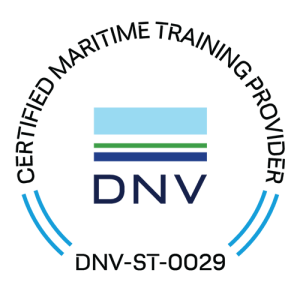 This achievement reflects the hard work, dedication, and high standards that Virtual Maritime Academy upholds in every facet of its operations. The DNV certification rigorously evaluates the effectiveness of our programs, ensuring that they meet international quality, transparency, and operational efficiency standards.
This achievement reflects the hard work, dedication, and high standards that Virtual Maritime Academy upholds in every facet of its operations. The DNV certification rigorously evaluates the effectiveness of our programs, ensuring that they meet international quality, transparency, and operational efficiency standards.